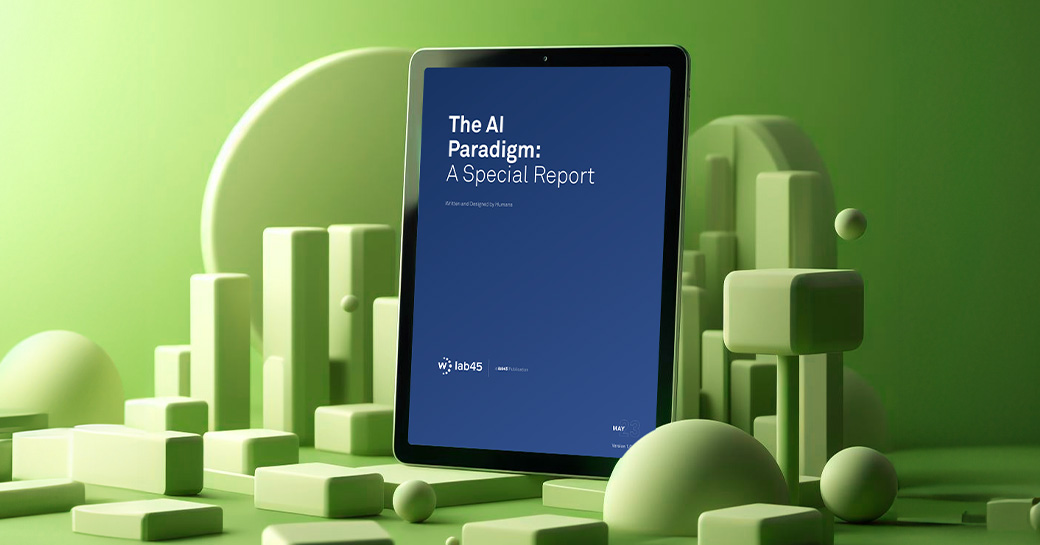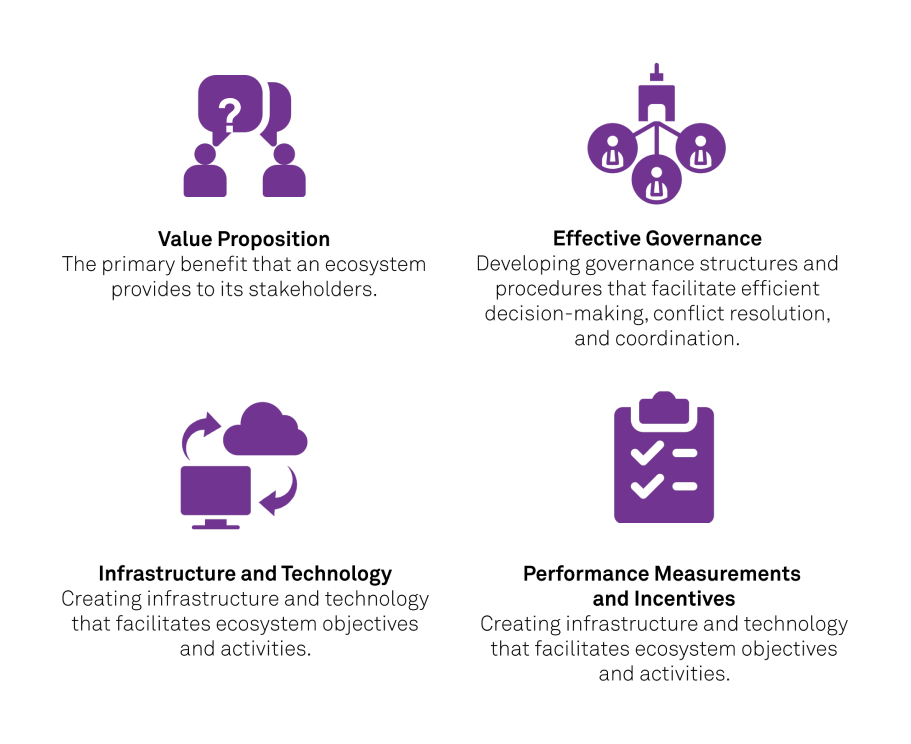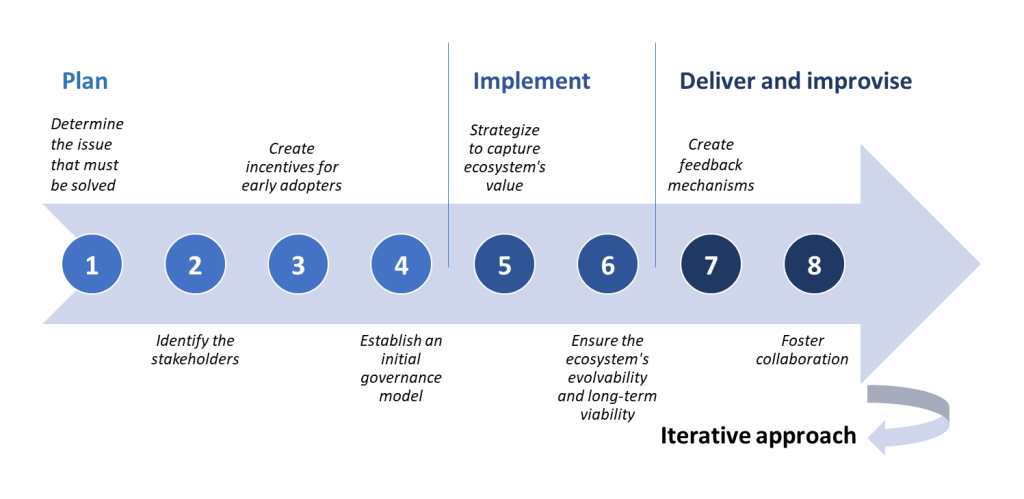Uncovering GenAI tools and infrastructure
Rajat Monga, Co-Founder, TensorFlow
Watch Now
42:35 Minutes The average reading duration of this insightful report.

Ready to navigate the AI revolution? Lab45's special report demystifies the science behind generative AI and its real-world applications. Whether you're a business leader, government official, or curious citizen, this comprehensive guide offers actionable insights for everyone. From VC investments fueling AI's growth to ethical considerations, we've got you covered. Prepare to shape a future where AI doesn't just serve us, but also serves the greater good.
Explore a sneak peek of the full content
Advanced AI models like GPT-4 are game-changers, acing academic exams but also revealing logical inconsistencies. The evolution from foundational AI models to GenAI marks a significant shift. Instead of just retrieving information, these new models compose tailored outputs like text, audio, or video. This shift has far-reaching implications, affecting enterprises, governments, and consumers alike, and changing the way we interact with technology.

Building Generative AI in an organization is akin to assembling lego blocks, each serving a specific function in the overall architecture. Two critical factors, data quality and model training techniques, form the bedrock of machine intelligence. Without robust datasets and effective training, the AI’s performance will be compromised. The technology stack of GenAI is layered, allowing for specialized contributions from various entities—be it startups or established companies. This modular approach enables organizations to either build their own comprehensive AI systems or collaborate with others who offer specific expertise in certain layers. Download Special Report
The GenAI landscape is booming, fueled by a surge in investments and an influx of new players. At the core of this excitement are foundation models like GPT-4, which are increasingly being fine-tuned for specialized industry applications. Data stands as the linchpin in this race, urging enterprises to focus on developing valuable, unbiased datasets. The impact of GenAI is already palpable across various application segments, including chatbots and search functionalities, with image and text generation emerging as new consumer app categories.
GenAI will enable hyper-targeted and personalized marketing with the rise of immediately generated bespoke content for specific consumers based on their preferences.

Navigating today’s competitive business landscape requires enterprises to have a well-defined AI strategy. Initially, the focus should be on leveraging Generative AI for productivity gains. As they mature, enterprises can shift towards revenue gains by developing products and services using fine-tuned or foundational models. Ultimately, the goal is to achieve innovation gains. Despite the advancements in AI, the human element remains crucial, especially in product development where GenAI aids in ideation but humans execute the final design. Additionally, GenAI is set to revolutionize marketing by enabling hyper-targeted, personalized content, tailored to individual consumer preferences. Download Special Report
GenAI is poised to become a catalyst for unprecedented innovation and creativity, lowering the barriers to creative expression that have traditionally required specialized skills. This technology allows anyone to generate content from a simple prompt, democratizing creativity and potentially reducing the cost of creation to near zero. However, the rise of GenAI also brings challenges and questions about the future of various professions, from legal and medical to graphic design and call centers. As GenAI becomes more integral to our lives, there’s an increasing need for skilled AI trainers who can ensure the ethical and fair use of these models. These trainers will focus on eliminating biases, ensuring privacy, and maintaining regulatory compliance. Download Special Report
As enterprises forge ahead in the development of GenAI products and services, the need for a balanced approach that incorporates AI safety is paramount. GenAI holds the potential for both transformative benefits and significant risks, making ethical design a non-negotiable aspect of its development. Regulatory landscapes are further complicated by differing governmental priorities and concerns, leading to fragmented and often challenging-to-enforce laws. For responsible and effective regulation of GenAI, a collaborative approach between enterprises and governments is essential. Both parties must work in tandem to navigate the complex risks while enabling the technology to enhance lives, whether people directly engage with AI or not. This dual responsibility underscores the critical role of ethical considerations and safety in the fast-paced evolution of GenAI.
As we stand on the cusp of a transformative era powered by AI, Lab45 presents a compelling vision for a future where technology serves the greater good. From revolutionizing medicine and combating climate change to democratizing education and beyond, the potential for positive impact is boundless. However, this optimism comes with a note of caution. The rapid popularization of GenAI in 2023 marks a critical juncture, requiring responsible stewardship from businesses, governments, and organizations alike. The societal disruptions and ethical dilemmas posed by AI, particularly its uneven impact across socio-economic classes, necessitate careful management. As AI continues to evolve, it offers us an unprecedented tool for innovation and progress. The challenge lies in harnessing this power responsibly, ensuring that the benefits of AI are universally accessible and contribute to a better world for all. Download Special Report
Credits
Author@lab45: Nagendra Singh, Tommy Mehl, Siddhant Raizada, Arvind Ravishunkar
Contributing Authors @lab45: Arindam Chatterjee, Noha El-Zehiry, Robert Walker Cohen

23:47 Minutes The average duration of a captivating reports.

Platform ecosystems are defined as open or closed networks where an orchestrator mediates relationships between a diverse set of complementary stakeholders. Orchestrators receive benefit from both accrued value in the platform ecosystem and in barriers to entry that ecosystems create for potential competitors. Platform ecosystems are also defined by a collaborative strategy that aims to create value for all stakeholders, including customers, partners, suppliers, and competitors.
Ecosystem business models offer diverse benefits, as described in part one. A brief summary can be found below:
For enterprises seeking to adopt an ecosystem model, the key factors of success are listed below:

The following are the identified eight steps to develop an ecosystem business model:

The key trends in ecosystems business models being adopted by enterprises at present are as follows:
Credits
Author@lab45: Poonam Pawar
Contributing Author: Hussain S Nayak

40:28 Minutes The average duration of a captivating reports.

In today's fast-paced business landscape, staying ahead requires more than just keeping up with the latest trends—it demands innovation. This is particularly true in the realm of BPS, where efficiency, accuracy, and adaptability reign supreme. In our latest special report, we delve into the transformative power of GenAI and its profound implications for the future of BPS.
What's Inside
In today's fast-paced business landscape, staying ahead requires more than just keeping up with the latest trends—it demands innovation. This is particularly true in the realm of Business Process Services (BPS), where efficiency, accuracy, and adaptability reign supreme. In our latest special report, "Business Process Services in the Era of Generative Artificial Intelligence," we delve into the transformative power of Generative Artificial Intelligence (GenAI) and its profound implications for the future of BPS.
We analyze the current state of BPS, highlighting its strengths and limitations. Traditional approaches have undoubtedly improved operational efficiency, but they often fall short in handling complex tasks that require nuanced decision-making and adaptability.
Enter Generative AI—a game-changer in the world of BPS. We explore how GenAI offers innovative solutions to longstanding challenges, from streamlining repetitive tasks to enhancing decision-making processes. By harnessing the power of machine learning and natural language processing, GenAI empowers organizations to automate workflows, optimize resource allocation, and drive unprecedented levels of efficiency.
Navigate hurdles of GenAI adoption with strategies for data governance, technical integration, and fostering a culture of AI acceptance. Our paper equips readers to overcome obstacles, ensuring successful implementation and maximizing the transformative potential of AI in BPS.
We delve into how GenAI is reshaping BPS as we know it. From revolutionizing customer service with chatbots to automating document processing tasks, the potential applications are limitless. By augmenting human capabilities with AI-driven insights, organizations can elevate their BPS capabilities to new heights, unlocking untapped value and gaining a competitive edge in the process.
But how do we quantify the financial impact of GenAI adoption? We explore this question in detail, outlining key metrics and methodologies for assessing ROI. Whether it is through cost savings, revenue generation, or enhanced customer satisfaction, the benefits of GenAI are tangible and far-reaching.
Looking ahead, we paint a compelling picture of the future of BPS with GenAI at its core. As organizations embrace AI-driven automation and innovation, we envision a landscape where BPS becomes synonymous with efficiency, agility, and strategic value creation. By leveraging GenAI to its fullest potential, businesses can future-proof their operations and thrive in an era of unprecedented digital transformation.
" Business Process Services in the Era of Generative Artificial Intelligence " offers a comprehensive exploration of the transformative potential of GenAI in the realm of Business Process Services. From addressing current challenges to envisioning future opportunities, this paper serves as a roadmap for organizations looking to harness the power of AI to drive meaningful change and unlock new possibilities. Join us on this journey as we redefine the future of BPS together.
Credits
Author@lab45: Ankit Pandey
This is your invitation to become an integral part of our Think Tank community. Co-create with us to bring diverse perspectives and enrich our pool of collective wisdom. Your insights could be the spark that ignites transformative conversations.
Learn MoreKey Speakers
Thank you for subscribing!!!
